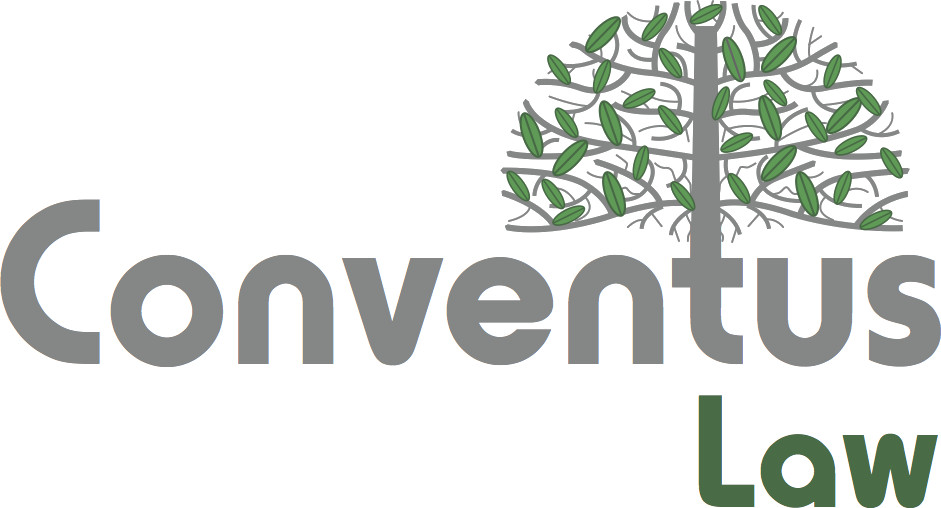While it took Studio Ghibli 15 months to animate a four-second scene in The Wind Rises, it only took a few days for the internet to be flooded with images generated in the style of the renowned Japanese animation studio – enabled by OpenAI’s latest version of its artificial intelligence (AI) image generation tool, released in late March 2025.1
This legal update explores some of the copyright issues behind this trend from a Hong Kong perspective.
What does copyright protect?
In terms of artistic works, copyright law protects how an idea is conveyed visually. Thus, it is often said that there is no copyright in an idea, only in the original expression of an idea.
Although an artistic work may reflect the artist’s decisions to paint one thing instead of another – and to use certain colours and brush techniques – it is the expression of these ideas as a whole that constitutes the artistic work being protected.2
As such, a style that comprises distinct visual features and techniques, whether belonging to certain periods in art history, an artist or a studio, is unlikely protectable by copyright.
There is, however, copyright in the animations, stills and other works of Studio Ghibli productions. Images and photographs that users upload to the tool may also be subject to copyright, which may not necessarily belong to those users.
If the image generated has significant commonalities with Studio Ghibli’s works or the uploaded works, and the features taken represent a substantial part of the copyright works, the output may amount to copyright infringement unless authorised by the copyright owners.
Proposed TDM exception in Hong Kong
As OpenAI explained, its image generation tool was trained on “images reflecting a vast variety of image styles [which] allows [its] model to create or transform images convincingly”.3 Given how closely the generated images resemble Studio Ghibli’s iconic style, there is a strong inference that the tool had been trained on its works – although OpenAI did not confirm either this, or whether any such training was authorised.
In this connection, the Hong Kong SAR Government is preparing an amendment bill to introduce a text and data mining (TDM) exception to copyright infringement under the Copyright Ordinance (Cap. 528).4 The proposed exception will permit reasonable use of copyright works for computational data analysis and processing for both non-commercial and commercial uses, thereby facilitating the training of AI models.
After public consultation from July to September 2024, the government noted that most of the responding copyright owners, organisations or groups opposed the introduction of the proposed TDM exception. Concerns included that the exception would undermine the licensing market for TDM activities and lead to more generated material competing with copyright work. Opponents therefore suggested the exception should be limited to non-commercial or non-commercial research purposes.5
In response, the government considers that a TDM exception covering both non-commercial and commercial purposes is appropriate, taking into account technological advancement, international and market trends, and policy objectives of fostering AI development.6
To balance the interests of copyright owners, in formulating the exception, the government will be mindful that the dealing should neither conflict with normal exploitation of copyright works, nor unreasonably prejudice the legitimate interests of copyright owners.
As such, the following conditions are proposed:
- Requiring users to have lawful access to copyright works
- Prohibiting the use of infringing works
- Requiring users to keep and disclose records of the source of copyright works
- Carving out the exception where relevant licensing schemes are available
- Providing an “opt-out” option for copyright owners.7
The amendment bill is aimed to be introduced to the Legislative Council in the first half of this year. The government also plans to formulate non-binding codes of practice and guidelines on above-mentioned conditions (3) and (5).8
If introduced, the TDM exception could provide some comfort and clarity to the AI community on how copyright works may be used in the training process. However, guidance will be needed on the operational level; for example, regarding the categories and details of records that need to be kept.
Copyright owners, especially those holding a substantial body of works that may be valuable for AI training, should stay tuned on how to exercise the opt-out option effectively (if it so wishes) – for example, through machine-readable metadata, or expressly in their terms of use.
Fair dealing exception
The imitation of style brings to mind another fair dealing exception – one that already exists in the Copyright Ordinance regarding fair dealing with a work for the purpose of pastiche (模仿).9
This exception has been untested in any published judgment in Hong Kong since it was introduced in 2022, and its equivalents in the UK and EU are rarely invoked.
While the term “pastiche” is not defined in the Copyright Ordinance, the government cited the following definition in the 2022 consultation: “an artistic work in a style that imitates that of another work, artist or period”.10 In the UK, the term is held to also apply to “an assemblage (medley) of a number of pre-existing works”.11
In determining whether the exception applies in Hong Kong, courts must consider all circumstances of the case, including: the purpose of the dealing; the nature of the work; the amount and substantiality of the portion dealt with in relation to the work as a whole; and its effect on the potential market for, or value of, the work.12
There is also an important primary consideration that the act must not conflict with a normal exploitation of the work by copyright owners, or unreasonably prejudice their legitimate interests.13
In the UK, the exception was held not to apply in Shazam Productions Ltd v Only Fools The Dining Experience Ltd [2022] F.S.R. 25, in the context of an immersive dining show based on the characters, stories and catchphrases of a well-known television comedy series.
The Intellectual Property Enterprise Court noted that the script of the dining show was “close to reproduction by adaptation than pastiche” and “not noticeably different” from the original series. As the original series was poised to be adapted into a musical, the court considered that the dining show would plainly compete with the musical, and was “a form of exploitation which a copyright holder would legitimately expect to be able to control (e.g. by licence)”.14
AI developers seeking to rely on the pastiche exception may therefore have to grapple with the similar factor that their use of the copyright works is of a commercial nature.
Although individual and recreational use of the tool may have little impact on the potential market for copyright works, a court may well consider that offering the tool to the public (including paying subscribers) on a large scale is a form of commercial exploitation – which the copyright owner has a legitimate interest in controlling.
Also, developers could have a harder time invoking the exception pertaining to use of copyright works at the training phase than output generation. This may be the case if the copyright works were processed indiscriminately at the training phase, with no specific mandate to limit the use of such works for the purpose of pastiche by users.
Conclusion
Whether style imitation by generative AI is permissible – and the extent to which the TDM and pastiche exceptions can be relied upon – are just a few of the legal challenges posed by such technology that await judicial and regulatory clarification.
As a side note, copyright owners may also avail themselves of the tort of passing off, if the AI developer or users engaging in trading activity make any misrepresentation that leads the public to believe the AI-generated works are from, endorsed by, or affiliated with the copyright owners.
In addition to the proposed TDM exception, the government also plans to issue non-binding guidelines to elaborate on the copyright protection of AI-generated works and copyright infringement relating to such works.15
These issues were covered in the 2024 consultation, but the government does not consider it justifiable to introduce related legislative amendments at this stage.16 Therefore, any guidance on how existing provisions and legal principles could apply in different scenarios would be welcome.
For further information, please contact:
Michelle G. W. Yee, Partner, Johnson Stokes & Master
michelle.yee@jsm.com
Remarks/Footnotes
- Designers Guild Ltd. v Russell Williams (Textiles) Ltd. (trading as Washington D.C.) [2000] 1 W.L.R. 2416, 2422F
- Legislative Council Panel on Commerce, Industry, Innovation and Technology – Administration’s paper on “Enhancement of the Copyright Ordinance regarding Protection for Artificial Intelligence Technology Development – Outcomes of Public Consultation and Proposed Way Forward” (“LC Paper”), paragraph 27 onwards (February 2025)
- LC Paper, pages 32 to 39
- LC Paper, paragraphs 27 and 28
- LC Paper, paragraph 29
- LC Paper, paragraphs 30 and 33
- Copyright Ordinance, section 39A
- Consultation Paper for Public Consultation on Updating Hong Kong’s Copyright Regime (2021-2022), footnote 11 on page 9
- Shazam Productions Ltd v Only Fools The Dining Experience Ltd [2022] F.S.R. 25, paragraph 188
- Copyright Ordinance, section 39A(2)
- Copyright Ordinance, section 37
- Shazam Productions, paragraphs 195 and 196
- LC Paper, paragraphs 24 to 25
- LC Paper, paragraphs 11 and 16




